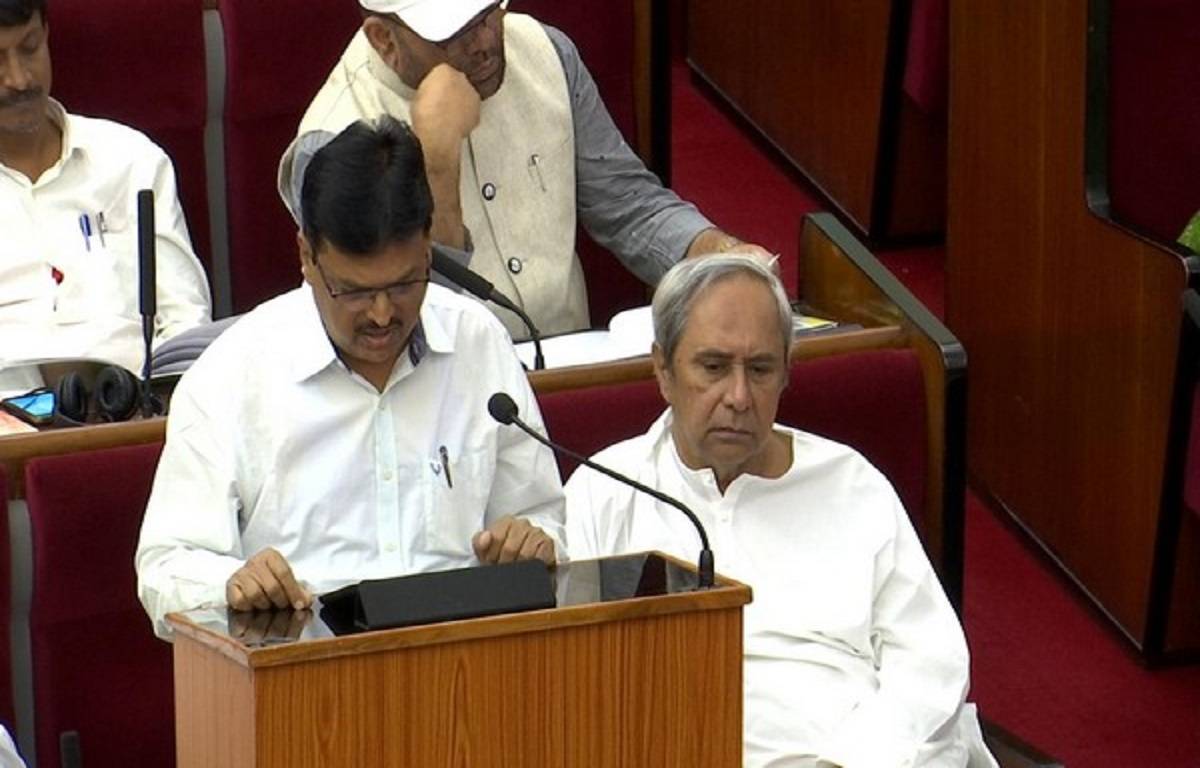
The Odisha government announced its budget for 2023-24 on Friday. The state will be having elections in the following year.
The state’s finance minister Niranjan Pujari stated that there would be a clear focus on agriculture, health, drinking water, and road infrastructure which gives impetus to the rural economy. He stated that all of this was in line with the chief minister’s vision of a new Odisha- which is an empowered Odisha.
“We were counted amongst the most underdeveloped states and now we are well on our way to leading the country in many sectors. Our state has not only raised the aspirations of the people but has also been able to meet these raised aspirations. Transformation is our only aim.” He stated.
The Budget stood at ₹2.3 lakh crore, a majority of which was sectioned out to the health sector with Rs.16,048 crore. An increase of 27% was done over the previous year and then it was three times the allocation in the 2017-2018 budget.
Rs. 750 crores were allotted for the transformation of 147 health facilities, which includes community centres, sub-divisional hospitals and district headquarters which declared that the work would finish before the year ended. The average response time of the ambulances would go from 30 minutes to 20 minutes and 236 new ambulances would be bought, he said.
According to Pujari, a budget of Rs. 24, 829 crores were given to the agriculture sector which has a 20% rise from the Budget of the year before. Out of this ₹2,000 crore has been utilized as a revolving fund which can be used for paddy procurement operations. This ended up becoming a rallying point for farmers in politically important districts in western Odisha districts.
The Kalia plan, a cash-transfer programme for farmers that started in January 2019 and assisted the BJD in winning at least 45 assembly seats in the most recent assembly elections, received 1,879 crores from the Patnaik administration as well.
The finance minister also made significant budgetary allocations for piped drinking water (13,215 crores) and wage payments under the Mahatma Gandhi National Rural Employment Guarantee Scheme (2,800 crores).
51,683 crores, or 34% more than last year's allotment, have been set aside for infrastructure projects in the areas of roads, bridges, trains, and airports. Of this amount, 4,600 crores will be used to double-lane around 3000 km of highways, improving riding quality.
Moreover, funds were granted for 6000 km of roads under the Mukhyamantri Sadak Yojana and 1,900 crores for 526 new bridge projects under the Biju Setu Yojana. Moreover, funds have been set aside for the construction of railway projects and a viability gap funding subsidy under the UDAN Programme for linking the future state airports at Utkela, Rangeilunda, and Malkangiri with the minor airports of Jharsuguda and Jeypore.
The government approved 50 crores for the Mission Shakti Scooter Yojana, which would provide scooters to members of Mission Shakti SHGs, keeping its focus on self-help groups (SHGs).
The opposition Bharatiya Janata Party (BJP) stated the enormous budgetary allocation means nothing while the state is failing on capital investment, despite the chief minister hailing the Budget as progressive. According to capital expenditure between 2019 and 2022, the state "is not among the top 10 states," according to Samir Mohanty, president of the BJP's Odisha branch.
The health budget has increased by 27%, while the education budget has increased by 10%. A new merit-based scholarship initiative will provide Rs 10,000 each year to 10,000 undergraduate students. Aside from that, 200 students will be chosen for free civil service test coaching, and the state government will provide them with food and shelter in addition to education.
















